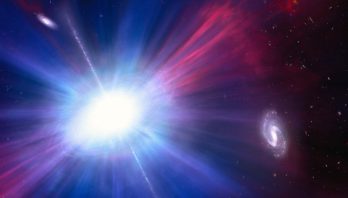
NASA’s Hubble Finds Bizarre Explosion in Unexpected Place and Gemini South Captures Cosmic ‘Finch’
A very rare, strange burst of extraordinarily bright light in the universe just got even stranger – thanks to the ...

NSO: Magnetic fields in solar plage regions: insights from high-sensitivity spectropolarimetry
In the ever-evolving realm of solar physics, a quest to understand the enigmatic solar plages (pronounced /pleɪdʒ/) has led to ...
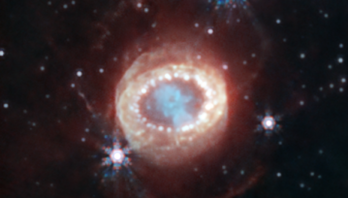
STScI: Webb Reveals New Structures Within Iconic Supernova
NASA’s James Webb Space Telescope has begun the study of one of the most renowned supernovae, SN 1987A (Supernova 1987A) ...
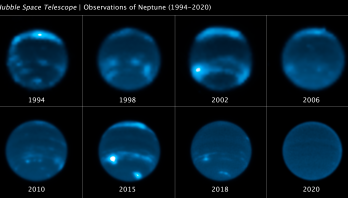
STScI: Neptune’s Disappearing Clouds Linked to the Solar Cycle
Astronomers have uncovered a link between Neptune's shifting cloud abundance and the 11-year solar cycle, in which the waxing and ...

NOIRLab: Astronomers Find Progenitor of Magnetic Monster
A team of researchers, including NOIRLab astronomer André-Nicolas Chené, has found a highly unusual star that has the most powerful ...
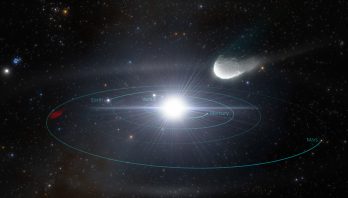
Rubin Observatory: Visitors from Distant Stars: Rubin Observatory Will Detect an Abundance of Interstellar Objects Careening Through Our Solar System
Many as-yet-undiscovered interstellar objects exist throughout our Milky Way Galaxy: comets and asteroids that have been ejected from their home ...

NSO: The Sun’s Polar Magnetic Field will Soon Flip
The Sun is about to turn upside down – magnetically speaking, of course. In recent months, we’ve seen an uptick ...
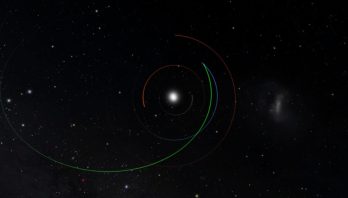
Rubin Observatory : New Algorithm Developed for Rubin Ensnares its First Asteroid
A team from the University of Washington's DiRAC Institute has developed a new asteroid-discovery algorithm to use with future data from Rubin ...
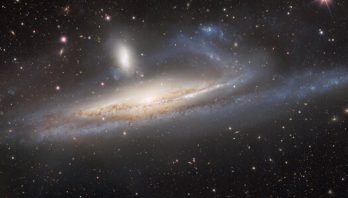
NOIRLab: Dark Energy Camera Captures Galaxies in Lopsided Tug of War, a Prelude to Merger
Galaxies grow and evolve over billions of years by absorbing nearby companions and merging with other galaxies. The early stages ...
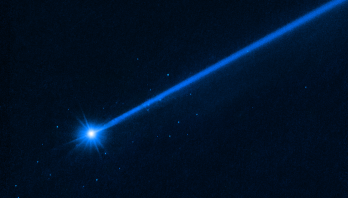
STScI: Hubble Sees Boulders Escaping from Asteroid Dimorphos
The popular 1954 rock song "Shake, Rattle and Roll," could be the theme music for the Hubble Space Telescope's latest ...
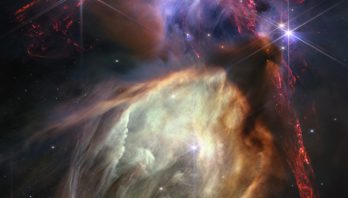
STScI: Webb Celebrates First Year of Science With Close-up on Birth of Sun-like Stars
From our cosmic backyard in the solar system to distant galaxies near the dawn of time, NASA’s James Webb Space ...

STScI: Saturn’s Rings Shine in Webb’s Observations of Ringed Planet
Saturn itself appears extremely dark at this infrared wavelength observed by the telescope, as methane gas absorbs almost all of ...
